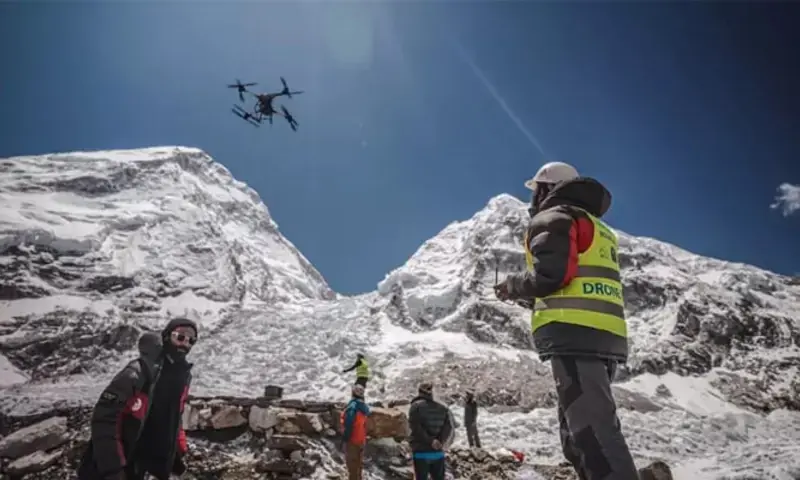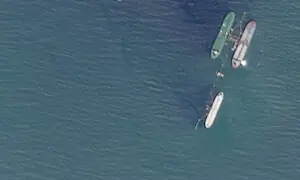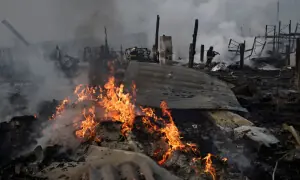Sky high cleanup: Drones join climbers in Everest waste removal effort
This climbing season, a team of drone operators has partnered with climbers and guides at Everest Base Camp in Khatmandu, using heavy-duty drones to tackle the growing issue of rubbish on the world’s highest peak.
Mount Everest, once known for its pristine beauty, has been burdened with tonnes of trash including empty cans, gas canisters, plastic bottles, and discarded climbing gear earning it the unfortunate nickname of the “highest dumpster in the world.”
During the spring climbing season, which typically runs from April to early June, two DJI FC 30 heavy-lifter drones were deployed to Camp 1 at an altitude of 6,065 meters (19,900 feet). These drones successfully airlifted 300 kilograms (660 pounds) of trash from the mountain.
Raj Bikram Maharjan of Nepal-based Airlift Technology, which spearheaded the project, explained, “The only options were helicopters and manpower, with no middle ground. We developed the concept of using our heavy-lift drone to carry garbage as a solution.”
Following a successful pilot program on Everest last year, the company also tested the drones on nearby Mount Ama Dablam, where they removed 641 kilograms of waste.
“This initiative is a revolutionary step toward making the mountains cleaner and safer,” said Tashi Lhamu Sherpa, vice chairman of the Khumbu Pasang Lhamu rural municipality, which oversees the Everest region.
A game changer for waste removal
The drones have been hailed as more efficient, cost-effective, and safer compared to traditional methods. Chief of the Sagarmatha Pollution Control Committee, Tshering Sherpa, noted, “In just 10 minutes, a drone can carry as much garbage as 10 people would take six hours to transport.”
Each powerful drone, valued at around $20,000, was provided by the manufacturer to support the cleanup effort and enhance its branding, with local authorities covering other associated costs.
In addition to waste removal, the drones have also facilitated the delivery of essential climbing gear, such as oxygen cylinders, ladders, and ropes, thus reducing the number of hazardous trips across the Khumbu Icefall, one of Everest’s most dangerous sections.
“This technology significantly improves safety for guides and porters, especially for the early ‘fixing’ teams that establish routes at the start of the climbing season,” stated record-holding climber Nima Rinji Sherpa, the youngest to summit all 14 of the world’s highest peaks. “They can simply go by themselves while the drone carries the gear, saving time and energy.”
Next month, Airlift Technology plans to deploy the drones to Mount Manaslu, the world’s eighth-highest peak.
Maharjan emphasized the broader potential of drones, stating, “It’s not just in wartime that drones are useful.
They can save lives and protect the environment. For climate and humanitarian efforts, this technology is truly a game changer.“
For the latest news, follow us on Twitter @Aaj_Urdu. We are also on Facebook, Instagram and YouTube.





















Comments are closed on this story.